Hi all,need help in decorating our new house. Any advice is appreciate
Amelia Thompson
6 years ago
last modified: 6 years ago
Featured Answer
Comments (8)
Amelia Thompson
6 years agoRelated Discussions
how to decorate porch on our new house for christmas? (pictures)
Comments (24)Hi everyone! Sorry for the delayed response--been very busy with work. I do agree with needing to raise the tree up. I have a large box that should work and will see if I can procure some faux snow. I think I also have some old bricks lying around. HMMMMMM. I actually like red and white lights, as well as blue and white--but my neighbor has blue and white, so I think I'll stick with red and white for a candy cane look. I agree that the lights on the japanese maples aren't my favorite, and that they detract from my christmas tree indoors. I guess I could put them on the bushes to the left of the porch? (There are some large overgrown evergreen bushes to the left, though I'm not sure they show up well in the pictures...) I AM having fun--love decorating my new home for the holidays! Such a fun time! I still have work to do indoors--we're having a party in a week and I have a lot to do before then....See MoreAny help/advice would be greatly appreciated
Comments (3)First of all, I am so sorry you have had these ongoing problems. I believe you may have several factors all interacting to cause the situation. Here is some background info for your general knowledge. Your home's system was likely designed for the a sample home in your subdivision. With a particular floor plan, number of windows, room sizes, and facing a certain direction (north, east, etc.) Then as options are added like a vaulted ceilings (which increase the cubic feet of air that must be conditioned, possibly changes positions of ductwork, and may also mean that the attic insulation changed from the sample home) it may be that the heating and cooling system was not re-calculated for these changes. Even if you have more windows facing east or west vs. north and south can make a difference in the cooling load of a home. Skylights, insulation, what type of glass all make a difference. This is a pretty common problem. So what I am saying, is that unless you have another home in your subdivision by the same builder, with the same floor plan and options AND facing the same direction, then you may not have any examples to compare to your home. IF you can find such a house, I suggest finding out if they have had problems like yours, and what they have done to solve them. So, how to fix your house. I recommend calling 1 or 2 heating and cooling distributors in your area, and asking them to recommend a dealer to use to do a load calculation and ductwork analysis on your home. Or call 3-5 residential heating and cooling dealers in your town and ask the same thing. Say that you are not in a big hurry, and that you want to work with the person there that has the best experience and expertise. I suspect that you may find that your ductwork is too small in size. I also suspect you may find that the size of your system is too small as well. If this is the case, there are different options on how to best fix this problem. But I cannot stress this enough--in our ductwork training we learn that "you cannot power your way out of too-small ductwork" Think of air like a liquid. If you need to move more air, you need to address the ductwork capacity. If it is too restrictive, it can't fit any more air in it to move through it. Also, is your too-warm space next to the garage or basement that is not being conditioned? This may also be a factor when comparing your home to others in your neighborhood. I wish I had better news, but I think you have a pretty complex situation, and need to find someone who will help you....See MoreNew puppy any advice appreciated
Comments (23)Well once again THANK YOU everyone for all the helpful, supportive advice and comments! The dry bathtub idea is great and the DREMEL has my dh smiling because he always wanted one to play with, now it will have a duel purpose! Mazer you took Lucy's name to Lucyfer, and I think I am going to use LucyFUR!!! My daughter will be so pleased that the name is so well used! Though again, she is a darling puppy and really has an amazing disposition! Those little puppy bursts of energy just hit a minute or two before she sacks out for a snooze! Roobear ~ are there any foods, puppy ones, that do not contain Menadione Sodium Bisulfite? I thought we were doing a healthy choice with the Nutro, Natural Choice which had Lamb meal, Rice Flour, Rice Bran and ground rice as the first 4 ingredients, compared to the puppy chow that starts with Ground yellow corn, poultry bi-product meal, corn gluten meal, and brewers rice? The puppy chow also has those aweful red 40 yellow 5 and blue 2 food colorings in it? Again, any suggestions are appreciated! I will post her again in a few weeks, with some weight gain and changes in her features and we may just get her breed figured out! (Not that important to know, or we could get a dna test done, but just to see how she turns out will be fun!) **Lab/Pitt/Boxer/Terrier You have all been so great, thanks again :o) Rosie...See Morehouse remodel with a tight budget, any help would be appreciated
Comments (3)Do take it to the home decorating forum. We can't tell much from just these photos but it does look livable except for the purple paint and wallpaper. :) Those can go, and fast. It looks like inexpensive updating will take you a long way while you plan the real remodel. The honey oak isn't bad here! If the budget is really tight, don't do anything major until it grows a bit. Small projects tend up escalate and then something unrelated like the furnace might go out. http://ths.gardenweb.com/forums/decor...See Moresonni1
6 years agoapple_pie_order
6 years agolast modified: 6 years agornonwheels
6 years agoAmelia Thompson
6 years agoAmelia Thompson
6 years agoAshley Dean Interiors
6 years ago
Related Stories
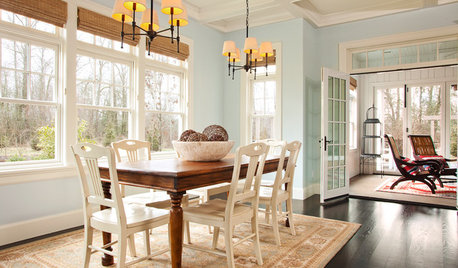
COLORPick-a-Paint Help: How to Create a Whole-House Color Palette
Don't be daunted. With these strategies, building a cohesive palette for your entire home is less difficult than it seems
Full Story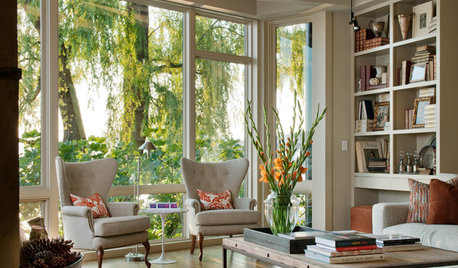
MOST POPULAR12 Key Decorating Tips to Make Any Room Better
Get a great result even without an experienced touch by following these basic design guidelines
Full Story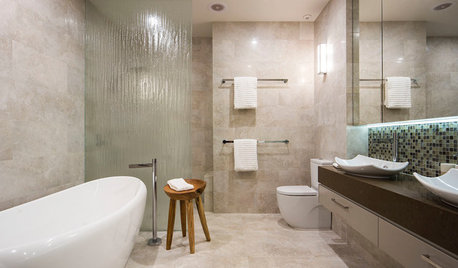
SELLING YOUR HOUSE10 Tricks to Help Your Bathroom Sell Your House
As with the kitchen, the bathroom is always a high priority for home buyers. Here’s how to showcase your bathroom so it looks its best
Full Story
DECORATING GUIDES10 Timeless Pieces of Decorating Advice
Follow these tried-and-true rules and you’ll be ready for any decor situation
Full Story
DECORATING GUIDESAll About Hue: Optimal Colors for Every Room in Your House
Experts say some shades work better than others in certain spaces. Here’s why
Full Story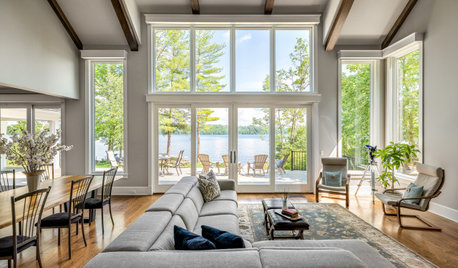
DECORATING GUIDESCould a Mission Statement Help Your House?
Identify your home’s purpose and style to make everything from choosing paint colors to buying a new home easier
Full Story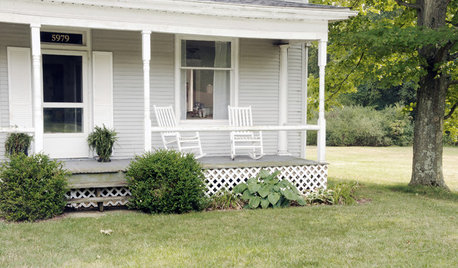
LIFE9 Ways to Appreciate Your House Just as It Is
Look on the bright side — or that soothingly dark corner — to feel genuine gratitude for all the comforts of your home
Full Story
DECORATING GUIDESDecorate With Intention: Helping Your TV Blend In
Somewhere between hiding the tube in a cabinet and letting it rule the room are these 11 creative solutions
Full Story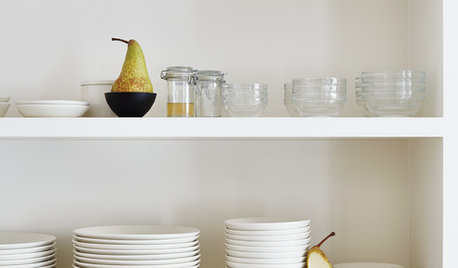
LIFEYou Said It: ‘Put It Back’ If It Won’t Help Your House, and More Wisdom
Highlights from the week include stopping clutter from getting past the door, fall planting ideas and a grandfather’s gift of love
Full Story
DECORATING GUIDESDesign Dilemma: I Need Lake House Decor Ideas!
How to Update a Lake House With Wood, Views, and Just Enough Accessories
Full Story










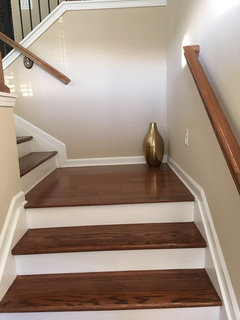







amykath